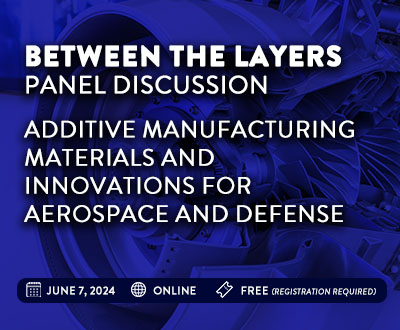Smart Scaffolds for Strong Bones: The Potential of 3D/4D Bio-Piezoelectric Printing

In recent years, the marriage of bioengineering and 3D printing has brought remarkable advancements to the field of medicine. One area where these technologies hold immense potential is bone regeneration. Human bones possess a unique property known as piezoelectricity, enabling them to generate electric charges when subjected to compression or tension. This phenomenon plays a crucial role in bone repair, promoting cell metabolism and new bone formation. Despite these natural benefits, current additive-manufactured scaffolds often neglect the essential electrical microenvironment necessary for efficient bone regeneration. However, a groundbreaking study published in the International Journal of Extreme Manufacturing sheds light on the promise of 3D/4D printed bio-piezoelectric scaffolds, offering a transformative approach to next-generation bone tissue engineering.
Piezoelectricity in human bones has been a well-established mechanism for bone regeneration. This discovery has opened new avenues for researchers to explore lead-free biological piezoelectric materials, which boast excellent processability, biocompatibility, and multicellular inducibility. The bio-piezoelectric scaffolds derived from these materials demonstrate a remarkable ability to induce bone cell differentiation, promote vascular cell recruitment, and even contribute to nerve cell repair. The scaffolds’ most impressive feature lies in their minimally invasive or non-invasive reconstitution strategy, allowing for in vivo electrical stimulation with adjustable timelines, durations, and strength using programmable ultrasound or magnetic treatment.

Overview of the potential of smart bio-piezoelectric scaffolds created through 3D/4D printing methods like DIW, FDM, BJ, SLS, DLP, and TPP, as a promising alternative for bone tissue engineering. (Photo credits: Annan Chen et al 2023 Int. J. Extrem. Manuf.)
A significant advancement in 3D printing technology, known as four-dimensional (4D) printing, has further bolstered the potential of bio-piezoelectric scaffolds. This 4D printing involves the creation of structures that exhibit time-dependent functionality-shifting behavior in response to external stimuli. As a result, the 4D functionality-shifting bio-piezoelectric scaffolds offer a programmable electrophysiological microenvironment, which significantly aids tissue regeneration.
Despite the immense promise of this technology, there remains a notable gap between current 3D/4D printing capabilities and the clinical requirements of bio-piezoelectric scaffolds. To bridge this gap, a multidisciplinary approach that combines materials science, mechanical engineering, and bioengineering is essential. Collaborative research involving experts from various medical fields, including orthopedics, stomatology, and oncology, is already underway to unlock the full potential of these smart bio-piezoelectric scaffolds.

Fused Deposition Modeling (FDM) schematics and other potential 4D printing strategies for bio-piezoelectric scaffolds (Photo credits: Annan Chen et al 2023 Int. J. Extrem. Manuf.)
Professor Jian Lu, a renowned expert from the City University of Hong Kong, expressed his belief in the revolutionary impact of this breakthrough. “With the collaborative efforts of multidisciplinary studies, 3D/4D printing would be expected to soon reach its full potential in creating smart bio-piezoelectric scaffolds for next-generation tissue engineering. Besides, we also can draw inspiration from some cutting-edge technologies such as intelligent manufacturing, bionic medicine, and machine learning., to further promote the clinical application of this technology”.
Pioneering an Era in Bone Tissue Engineering
By effectively bridging the gap between current capabilities and clinical requirements, we can anticipate a new era in medical treatments that provide patients with improved bone repair and restoration, ultimately transforming the landscape of regenerative medicine. With these smart scaffolds, patients can look forward to personalized and highly effective bone repair solutions, ushering in a new wave of medical treatments that hold the potential to transform lives.
The collaboration between bioengineering, 3D printing, and a diverse range of medical experts paves the way for a brighter future, where bone regeneration becomes more efficient, accessible, and patient-centric. As the technology progresses and researchers continue to explore the potential of 3D/4D printed bio-piezoelectric scaffolds, the future looks increasingly promising as we approach the cusp of a groundbreaking era in bone tissue engineering. To learn more, you can access the original study HERE.
What do you think of 3D/4D Bio-Piezoelectric Printing? Let us know in a comment below or on our LinkedIn, Facebook, and Twitter pages! Don’t forget to sign up for our free weekly Newsletter here, the latest 3D printing news straight to your inbox! You can also find all our videos on our YouTube channel.
*Cover photo credit: iStock







